Sieges throughout history were awful affairs. Unlike Field Battles, Sieges involved civilians, as well as numerous ways to die over long periods of time. Starvation and disease often killed about as many soldiers and civilians as actual fighting did.
It wasn’t until the 19th and 20th century where guns, artillery and air strikes were able to inflate the casualties to over a million as at Stalingrad, but some ancient and medieval sieges were outstandingly epic affairs involving hundreds of thousands of people. Sieges quite often turned the whole tide of a war while also leaving an unimaginable scar on the besieged population.
The Siege of Constantinople 717-18
No, this isn’t the Ottoman Siege and capture of Constantinople in 1453 with the giant canons, this is the siege by the Umayyad Caliphate 700 years earlier. The Ottoman Siege was against a thoroughly depopulated city with far less than 100,000 casualties. The Arab Siege was during the peak of power for the Byzantine Empire and the Umayyad Caliphate.
The balance of power had shifted towards the Arabs after strings of victories in the East. With bold determination, the Arabs decided to strike at Constantinople with a massive army and navy. The Arabs had anywhere between 130-200,000 troops, not including well over 1,000 ships. 30,000 Arabs volunteered to help for the sake of the Jihad (holy war), and over 12,000 beasts of burden made up the supply train.
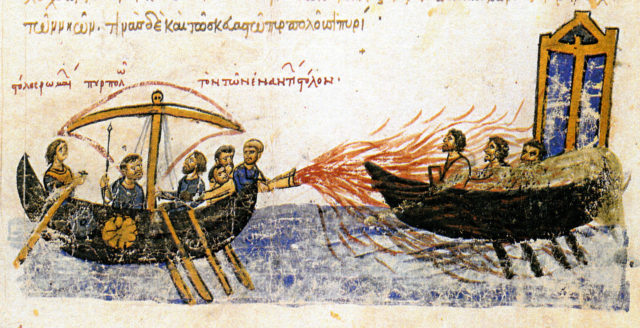
The Arabs set up on land and sea to starve out the citizens of Constantinople. The Byzantines were not going to sit idly by, however, and took action at sea. Using their famous Greek Fire, the Byzantines sent out hordes of fire-spitting ships from their protected harbor. The damage to the Arab fleet was catastrophic, with the majority of the ships captured or destroyed and crews killed. Almost 1,000 more ships were sent to reinforce the defeated fleet, but many of the Christian crews gathered from Egypt defected and the Byzantines jumped on the new arrivals and achieved another stunning victory.
On land, the Arabs were literally stuck between a rock and a hard place, the impenetrable walls of Constantinople in front of them and angry Bulgarians behind them. Already suffering from hunger and disease, the Arabs lost as many as 20,000 men in one battle with the Bulgars. After more skirmishes, the Arabs finally decided to retreat, losing thousands of more men to disease and storms along the way.
The numbers are hard to pinpoint, but anywhere from 130-200,000 men were lost during this siege, mostly Arabs, but still some Byzantine ships lost, men in the city and Bulgarians add to the total. One of the deadliest sieges in which the city wasn’t taken.
Fall of Tenochtitlan 1521
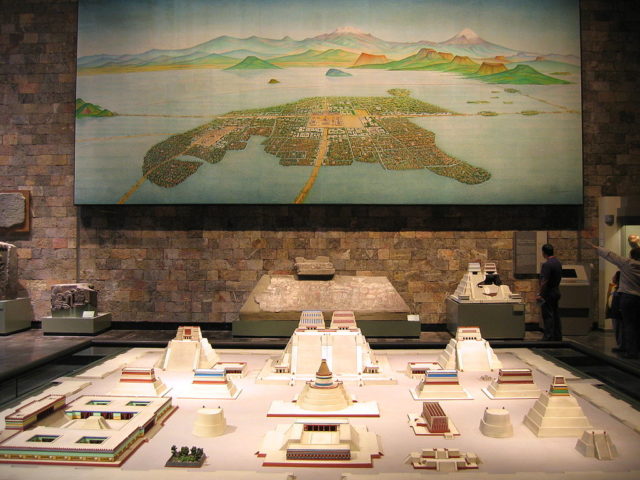
The most recent entry on the list happened in a time where gunpowder and armor were certainly effective, but far from guaranteed victory for Cortez and his men. Cortez had over 1,000 Spanish infantry and cavalry armed with the best muskets and metal armor. Few people know that his siege and assault was greatly aided by as many as 200,000 native allies who hated the Aztecs. Tenochtitlan was one of the largest cities in the world at the time, being around 250,000 people, bringing more civilians and soldiers in from the surrounding area during the siege.
The politics were complicated, with the Spaniards welcomed then attacked, then the Emperor captured and killed by his own people. Regardless, the Spanish had to fight their way out of the city before struggling back through to retake the powerful city. The city-on-the-lake, Tenochtitlan had a few long causeways leading to it, making the fighting tight and brutal, with the Spaniards inching into the city with piles of dead every day.
Aztec amphibious counterattacks against Cortez’s allies along the coast caused devastating casualties, with many positions losing half or almost all of their men as well as the women and children of the camps. Captured soldiers, particularly Spaniards, were dragged to the top of temples and sacrificed for all those attacking to see. When the Spanish and their allies finally took the causeways, the Aztecs still didn’t give up. Fighting progressed up temple steps as massacres started in the general city.
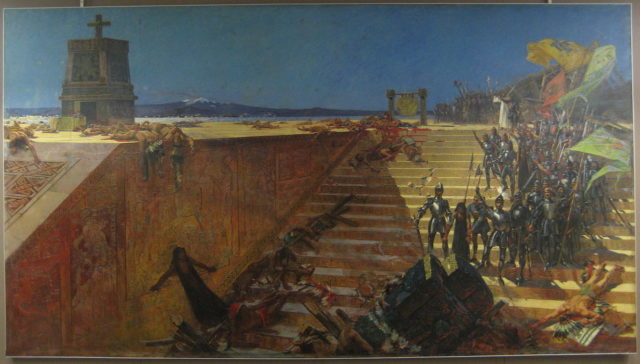
Even when a surrender was achieved, the Spanish allies could not be restrained. The allies had been oppressed by the Aztecs for generations, knowing that they had to give up their own people to be sacrificed and eaten by the Aztecs. Now, they finally had their revenge and responded with such brutality that it shocked Cortez, who had already committed his share of atrocities.
The estimated casualties vary wildly, but over 100,000 is a low estimate, with 240,000 being a high mark. The numbers are so high because the siege took a heavy toll on both the attackers and besiegers. 20-30,000 or more of the Spanish allies were killed not including small towns raided and camp followers massacred in Aztec counterattacks. In addition, the Aztec warriors fought until the bitter end, and the causeways limited how many citizens could escape the slaughter after the city was taken.
Fall of Baghdad 1258
You might know Genghis Khan and Kublai Khan, but what about Hulagu Khan? He was responsible for probably the largest single loss of knowledge and culture in the East. The Siege of Baghdad happened relatively quickly and violently, primarily as a clash between cultures. When Hulagu came to power, he was instructed by his Khagan (king of kings) brother to threaten the Abbasid Caliphate into a tribute. If they refused, Hulagu had permission to invade and sack Baghdad.
Al-Musta’sim of the Abbasid Caliphate refused, and the Mongols invaded. He led one of the most massive armies of the era which included everything from hordes of Mongols to Eastern Christians and Chinese artillery specialists.
Halagu marched into Mesopotamia, overwhelming smaller hostile kingdoms as well as easily capturing impressive fortified cities and executing their leaders along the way to Baghdad. Negotiations between Halagu and Al-Musta’sim broke down when Al-Musta’sim underestimated the size of the Mongol forces and sent messages that were perceived as rude by Halagu.
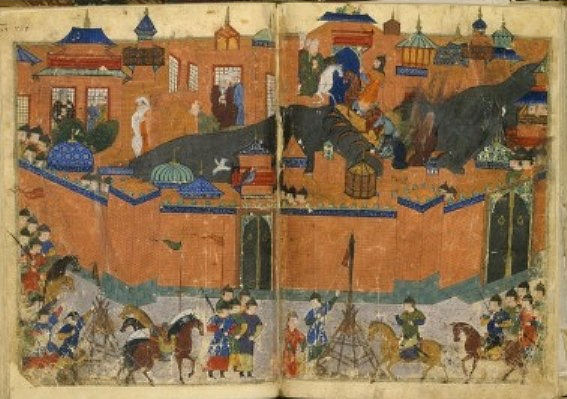
When the Mongols reached the gates of Baghdad, they immediately divided their forces on either side of the Tigris to surround the city. Al-Musta’sim sent tens of thousands of troops out, hoping to win an early surprise victory.
Unfortunately for the Abbasid cavalry, the Mongol engineers were already at work, and they succeeded in breaching the dikes of the Tigris. This flooded the land behind the charging cavalry, and most were slaughtered before they could get back to the city. The Mongols quickly set to work with siege engines and ladders and were able to capture a section of the walls, without progressing any further.
Eventually, the city surrendered, the defenders realizing that they could not hope to fight off the Mongol forces any longer. Their surrender didn’t make much of a difference, however, as destruction on an epic scale ripped through the gem of Mesopotamia.
Baghdad before the siege was comparable to Athens during its golden age. The House of Wisdom or Great Library of Baghdad was a massive knowledge repository that rivaled even the Library of Alexandria. People of all states and religions were allowed to study.
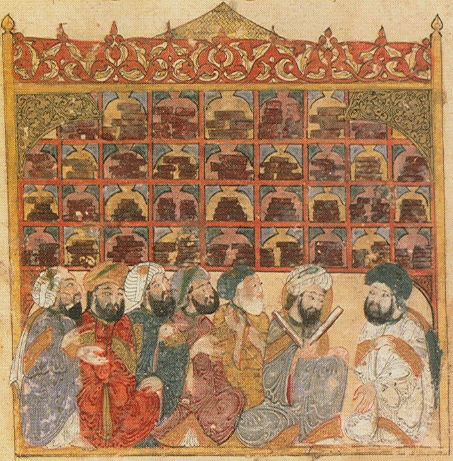
Many city sackings involved the killings of civilians, but the sack of Baghdad was on another level. Citizens couldn’t even flee the city safely as Mongol troops swept around to trap and slaughter those who fled out the gates. Many great buildings, some that might be considered wonders of the world today, were destroyed. Al-Musta’sim was captured and executed by horses stampeding over him.
Causality figures for this siege are astronomical. The smallest numbers come from the victorious Mongol army at likely less than 10,000. The soldiers and civilians of Baghdad were practically exterminated. Estimates range from numbers as low as 250,000 to as much as 800,000, making the siege of Baghdad the deadliest siege before the large-scale use of gunpowder and the era of world wars.
